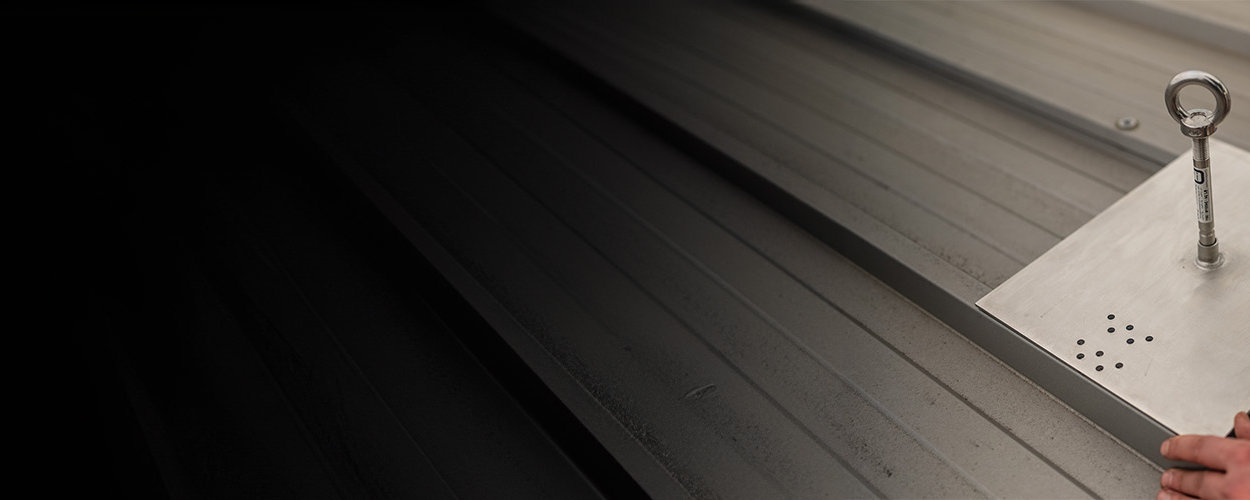Definition of TRBS 2121
The Technical Rules for Industrial Safety (TRBS) 2121 are an important concretisation of the Industrial Safety Ordinance (BetrSichV) and focus in particular on the identification and assessment of fall hazards. These guidelines are drawn up and regularly updated by the Committee for Operational Safety. They are officially published by the Federal Ministry of Labour and Social Affairs in the Ministerial Gazette.
It is essential to emphasise that the TRBS reflect the current state of the art and therefore have a presumptive effect with regard to compliance with safety regulations. However, this does not mean that they are directly binding, as the fulfilment of legal obligations can also be ensured in other ways. The TRBS therefore play a decisive role in ensuring operational safety and help to minimise accidents and hazards in the workplace.
Area of application
Rule no. 1:
This technical rule is used to identify and assess fall hazards that may occur when using work equipment. It provides examples of measures that serve to protect employees when working in hazardous areas.
Rule no. 2:
This section describes specific procedures that are used to identify and assess fall hazards for employees.
Rule no. 3:
In addition to the general TRBS 2121, specific parts of this rule apply in certain work circumstances. For example, the provisions of TRBS 2121 Part 1 must be observed when using scaffolding. TRBS 2121 Part 2 is relevant for the use of ladders, while TRBS 2121 Part 3 applies to access and positioning procedures using ropes. For the occasional lifting of employees with work equipment, the requirements of TRBS 2121 Part 4 are binding.
This clear subdivision and differentiation of the regulations ensures comprehensive protection of employees from fall hazards in various work contexts.
TRBS 2121-2: What else is permitted?
The scope of TRBS 2121 Part 2 covers all portable and mobile ladders. Fixed ladders (fixed ladders), on the other hand, are not covered by the scope of regulation, as they are an integral part of structural installations and are not regarded as independent work equipment in accordance with the Ordinance on Industrial Safety and Health. Consequently, fixed ladders are also not considered to be ladders within the meaning of TRBS 2121 Part 2.
When applying TRBS 2121 Part 2, TRBS 2121 ‘Risks to employees due to falls from a height - General requirements’ (July 2018) must also be taken into account.
To summarise, the main points should be noted:
If ladders are rarely used exclusively as a means of transport, i.e. as access to a workplace, heights of over 5 metres are also permitted. However, it is important to emphasise that actual work on the ladder is not permitted.
What is permitted:
The use of rung ladders as access to a workplace (traffic route) up to a height of 5 metres.
The use of stepladders as access to a workplace (traffic route) up to a height of 5 metres.
It is permitted to work on stepladders and platforms (possibly also additional platforms) at a standing height of up to 2 metres. Working time is not restricted. However, working on rung ladders is prohibited.
At a standing height of 2 to 5 metres, it is permitted to work on stepladders and platforms (possibly also additional platforms). However, the maximum working time is 2 hours. Working on rung ladders is not permitted in this case.
These guidelines are intended to ensure the safe use of ladders as a means of transport and as an elevated workplace and to minimise potentially hazardous situations.
The implementation of TRBS 2121 Part 2 can be optimised using the following recommendations
- As a general rule, stepladders or platform ladders should be preferred when using ladders as a workstation at height.
- In special and well-justified exceptional cases, it is permitted to work on portable ladders with rungs. However, these exceptional situations must be documented by the employer in the risk assessment.
- When using a stepladder as a workplace, care must be taken to ensure that the leaning angle is set correctly (in the range of 60 - 70 degrees). This will ensure that the step is straight in the direction of access and that there is no risk of slipping off the step if the angle of contact is too great.
- Suspension platforms should only be recommended as an emergency solution and only to a limited extent. It is advisable to consider alternative safety measures.
Measures: Our products!
The measures to prevent falls are organised into a clear hierarchy. At the top of the hierarchy is the prioritised use of collective fall protection such as guardrails, which serve to prevent falls from the outset.
In second place are collective fall arrest systems such as safety nets. These are designed to catch people who could fall before a dangerous impact or collision occurs.
If it is not possible to implement these measures due to structural conditions or the nature of the work, personal fall protection equipment is used. It is particularly important to take into account the specific conditions at the workplace, develop an appropriate rescue concept and ensure that the protective equipment is used properly. It is crucial that this personal protective equipment is used correctly to ensure the safety of employees.
